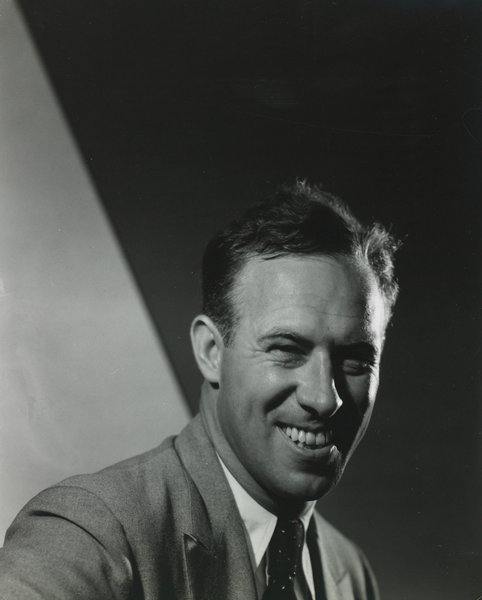
13 August 1930: Frank Monroe Hawks flew from Grand Central Air Terminal in Glendale, California, to Curtiss Airport, Valley Stream, Long Island, New York, in a record-breaking elapsed time of 12 hours, 25 minutes, 3 seconds. His airplane was a Travel Air Type R “Mystery Ship” named Texaco No. 13. It carried civil registration NR1313.
Hawks departed Glendale (a suburb adjacent to the City of Los Angeles) at 2:16:27 a.m., Pacific Standard Time (09:16 G.M.T.). The takeoff was timed by J.A. Nikrent of the American Aeronautical Association. He flew to Albuquerque, New Mexico, a distance of 665 miles (1,070 kilometers), where he stopped to refuel at 6:43 a.m., Mountain Standard Time (12 :43 G.M.T.) 17 minutes later, at 9:00 a.m., (13:00 G.M.T.), he was airborne. The next stop for the “Mystery Ship” was Wichita, Kansas, 540 miles (869 kilometers). He landed at 10:28 a.m., Central Standard Time (15:28 G.M.T.) and took off again at 10:35 a.m., after just 7 minutes on the ground. The next fuel stop was Mars Hill Airport at Indianapolis, Indiana. After a flight of 600 miles (966 kilometers), he arrived there at 1:23 p.m., C.S.T. (18:23 G.M.T.) At 1:36 p.m., Hawks took off on the final leg, a distance of 705 miles (1,135 kilometers).
Hawks landed at Curtiss Field at 5:41:30 p.m., Eastern Standard Time (21:41 G.M.T.) The total flight time was 11 hours, 48 minutes, 3 seconds. He broke the previous record, set by Charles Lindbergh, by 2 hours, 20 minutes, 29 seconds.
One week earlier, 6 August 1930, Hawks had flown across the continent from east to west, in 14 hours, 50 minutes 3 seconds. More favorable winds allowed the Type R to make a faster west-to-east flight.
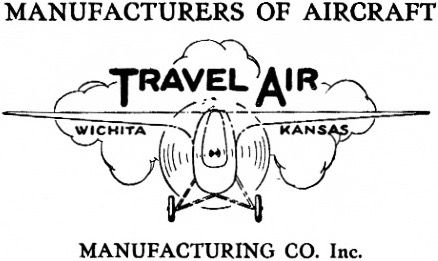
The Type R was a low-wing monoplane with a fuselage constructed of welded tubular steel covered with plywood. The very thin wing was braced by wires. It used spruce spars and ribs. Both fuselage and wings were covered with 1/16-inch mahogany plywood. Attempts to streamline the airplane included a raised profile behind the pilot’s head, “wheel pants,” as well as a NACA-designed engine cowling that provided better engine cooling and caused less aerodynamic drag.
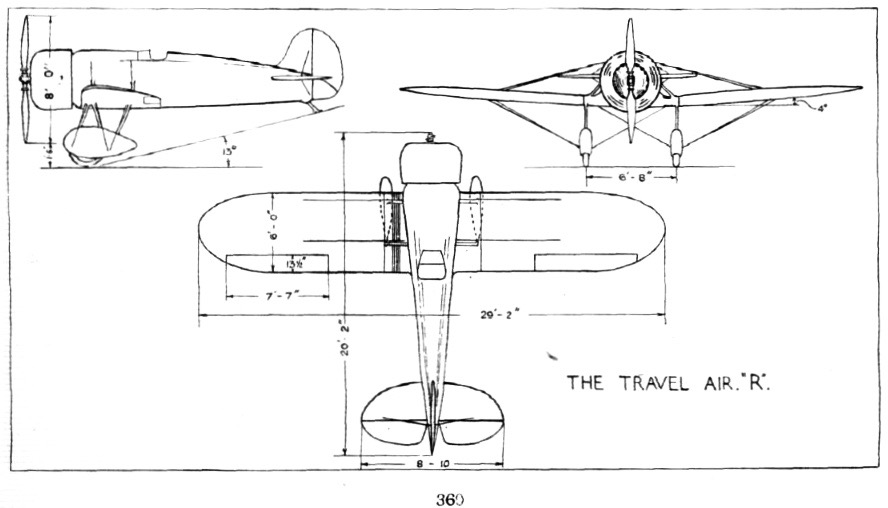
The Travel Air Type R was 20 feet, 2 inches (6.147 meters) long, with a wingspan of 30 feet, 0 inches (9.144 meters) and overall height of 7 feet, 9 inches (2.362 meters). The wing had a chord of 5 feet, 0 inches (1.524 meters), and total area of 125 square feet (11.6 square meters). It had an empty weight of 2,000 pounds (907 kilograms) and gross weight of 3,300 pounds (1,497 kilograms).
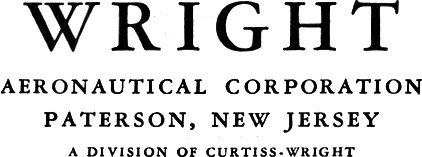
The Mystery Ship’s cruising speed was 200 miles per hour (322 kilometers per hour) at 1,950 r.p.m., and it had a maximum speed of 250 miles per hour (402 kilometers per hour) at Sea Level. It had an initial rate of climb of 3,200 feet per minute (16.26 meters per second). The service ceiling was 30,000 feet (9,144 meters) and the absolute ceiling was 31,000 feet (9,449 meters). The range at cruise speed was 1,000 miles (1,609 kilometers).
One of the fastest airplanes of its time, the Type R set over 200 speed records.
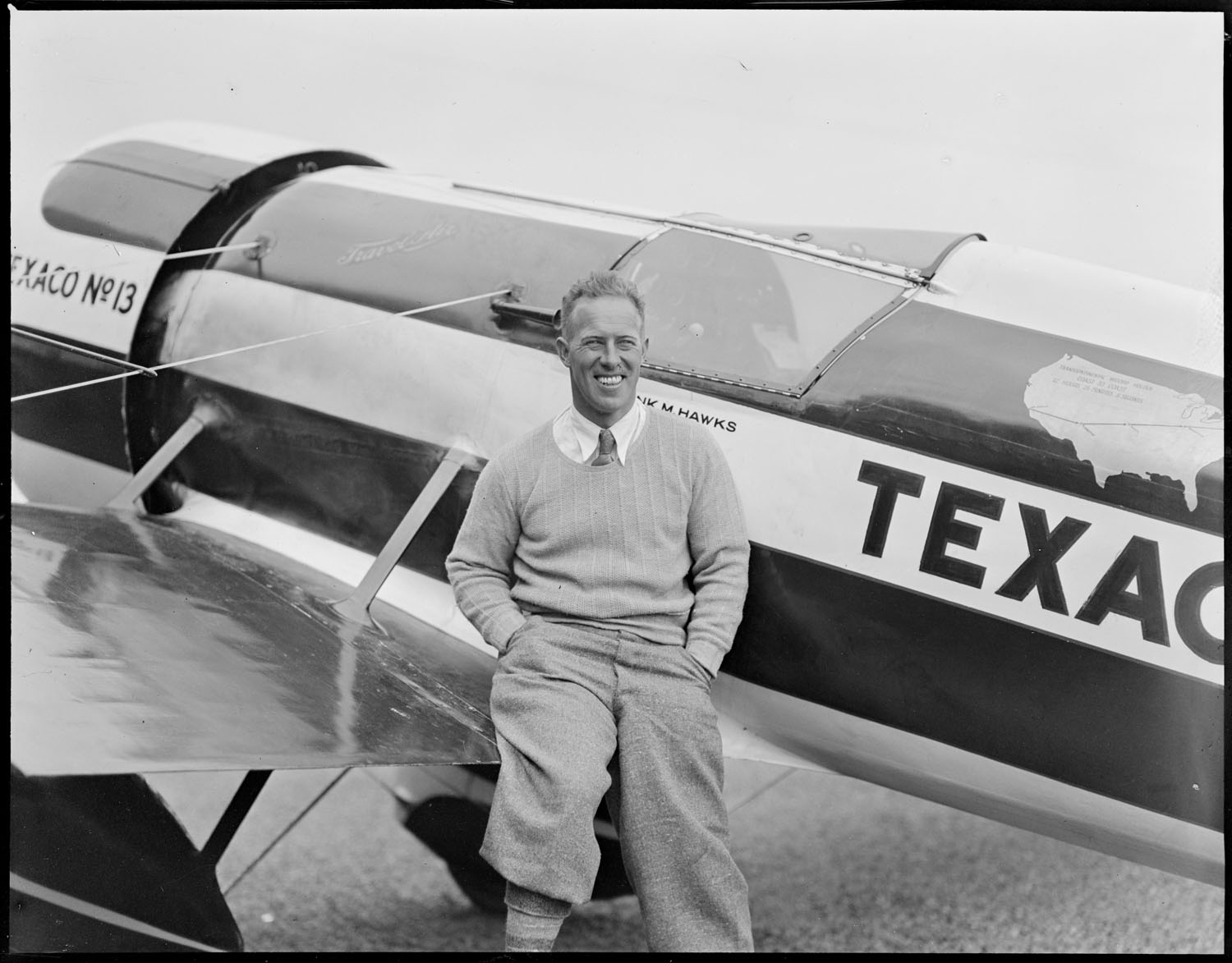
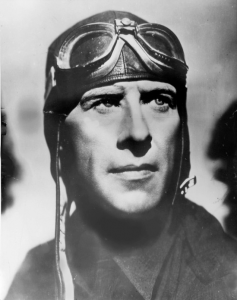
Newspapers called the Type R airplanes “mystery ships” because Beech was very secretive about them. When two of them were flown to the 1929 National Air Races at Cleveland, Ohio, they taxied directly to a hangar and shut off their engines. They were immediately pushed inside. The hangar was kept locked and under guard.
Frank Hawks was an Air Service, United States Army, pilot who served during World War I. He rose to the rank of Captain, and at the time of his record-breaking transcontinental flight, he held a commission as a reserve officer in the Army Air Corps. His flying had made him a popular public figure and he starred in a series of Hollywood movies as “The Mystery Pilot.”
Frank Hawks’ Type R is in the collection of the Museum of Science and Industry, Chicago, Illinois.
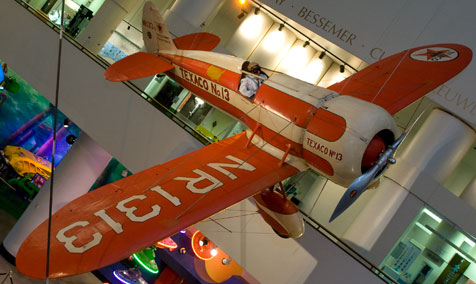
© 2019, Bryan R. Swopes
Just wondering why your website is always 24 hours behind and not showing the current “day in aviation”??
“Always”? Hmmmm. . . Well, Mr. Johnson, as of today I have published 1,170 posts on this blog and have another 8 drafts in preparation. I also write another Internet blog. I average about four hours researching and writing each post, though some take much longer. Sometimes I have to wait for information from various sources, or for permissions to use photographs. These may not come in until days or weeks later. The vast majority of posts are pre-set to publish several days ahead, with the time of individual posts based on the date of the occurrence. This results in posts being spread out over a day, rather than all being published at one time. (This helps keep all in order, and allows for adding posts which occurred between others which were previously published.) Further, the publication times are Pacific Time. So, depending on when and where you check my blog, there might be posts that will publish later. I’m sorry for any inconvenience this may cause you. I will try to do better in the future. –Bryan
…your page is awesome. Whenever you get these posts out, I learn history and perspectives that are useful.
Thank you, Warren. I am always happy to see your comments.
Really???
I found, in my father’s archives, a quality picture with negative also, of Frank Hawks and CLLundblad (my father) posed on the left side of the Texaco no. 13 Mystery Ship taken circa 1930. Let me know if you are interested in seeing it…
correction, they were posed on the right side of the plane. Frank was in his flying outfit and my dad in a suit…
Hey Willy, give Mr. Swopes a break, he’s busy!
Thanks for your hard work, I read this every morning with my coffee 🙂
Thank you, Marc. 🙂
I believe the date should be August 13, not August 12:
The Aircraft Year Book for 1931 (Vol. 13), Pages 99, 458
https://www.aia-aerospace.org/wp-content/uploads/2016/06/THE-1931-AIRCRAFT-YEAR-BOOK.pdf
Many other references say the date is August 13.
A check of contemporary newspaper articles indicates that you are correct. I will change the date accordingly. Thank you.
…heavier than air -aviation was 27 years old in 1930.
Bryan. Thanks for all the work you do for these posts. Always great info and I appreciate what it takes to create a product like this.
Thank you very much, Kevin. I really appreciate that.
A welded tubular steel fuselage is not monocoque. The steel tube truss was covered with a non-load-bearing skin. In a monocoque structure, the skin carries all the load. Most of today’s metal airplanes are semi-monocoque, where the skin carries some loads but is reinforced by a network of frames and stringers.
Thank you, George.
Looking at the picture of Frank sitting on the wing of his type R mystery ship I’m amazed he could ever land the thing with such limited forward visibility. He must have slipped her in until the wheels were about to touch the ground. Amazing.